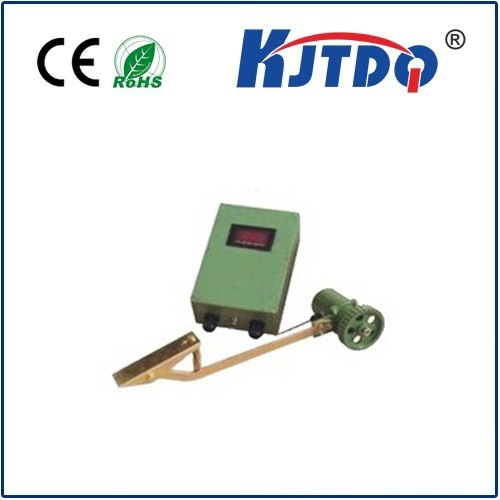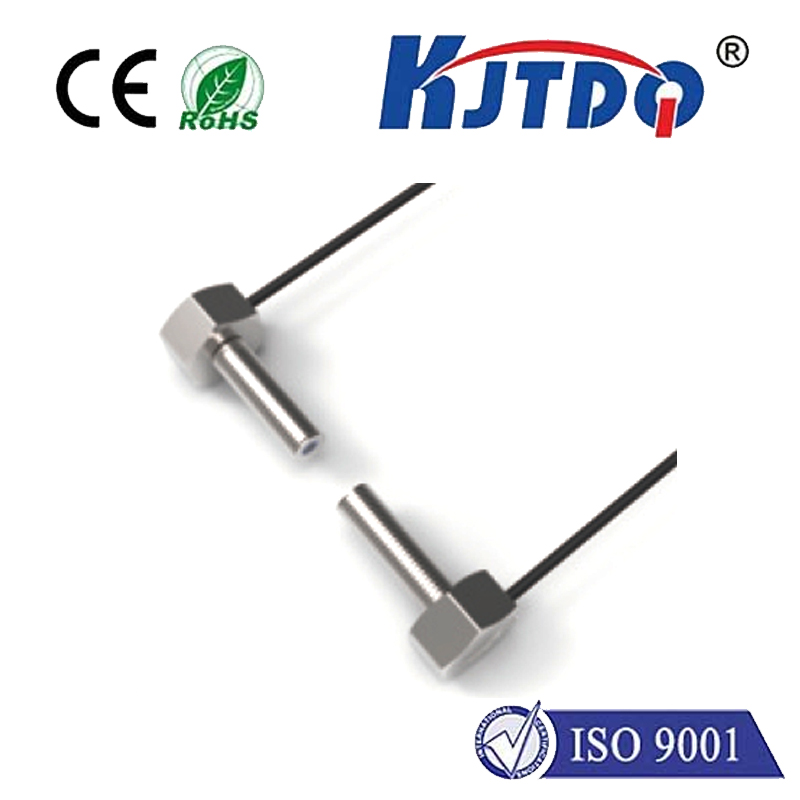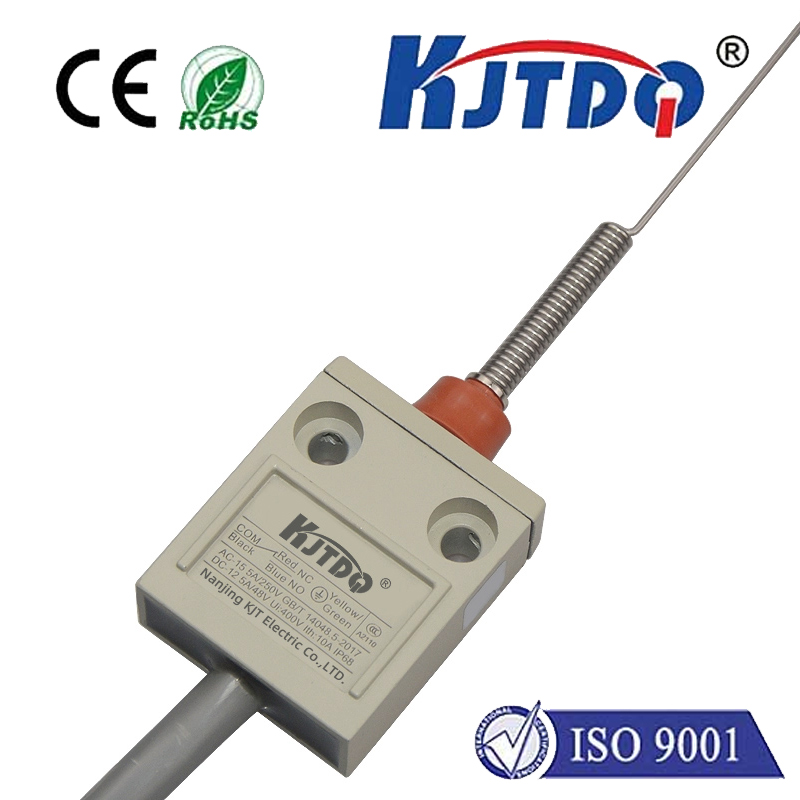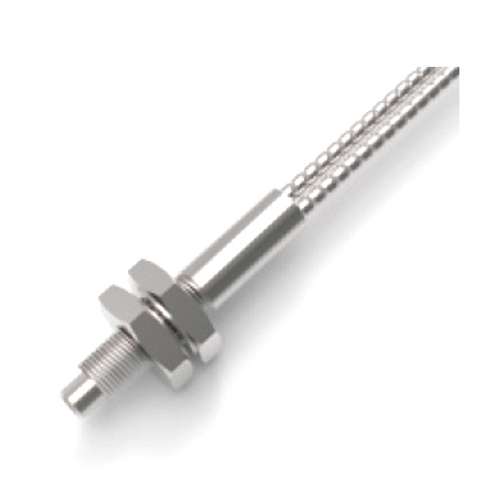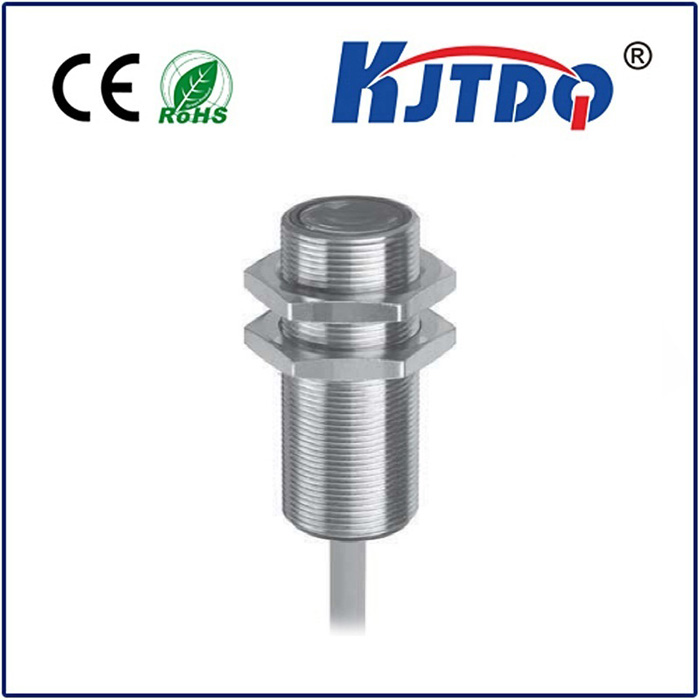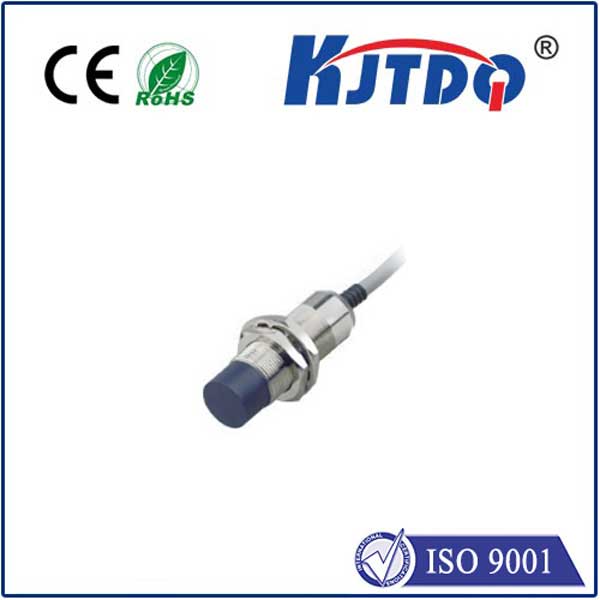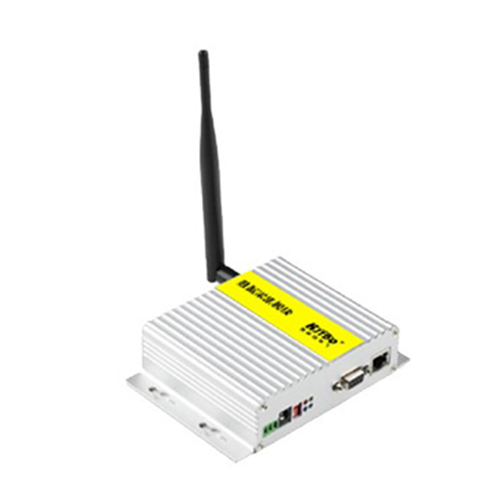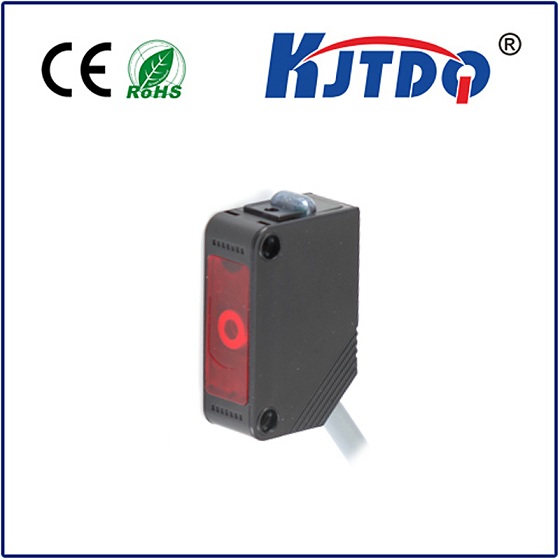optical distance sensor
- time:2025-09-11 05:37:52
- Нажмите:0
Optical Distance Sensors: Unlocking Precision Without Contact
In a world increasingly driven by automation, robotics, and quality control, understanding the position, dimension, or presence of objects is fundamental. Traditional mechanical measurement often falls short – it can be slow, intrusive, or simply impractical for delicate or fast-moving targets. Enter the optical distance sensor: a sophisticated class of non-contact measurement devices harnessing the properties of light to deliver precise, reliable distance data. This technology has become indispensable across countless industries, quietly powering innovation and efficiency.
Beyond Touch: The Core Principle
At its heart, an optical distance sensor works by projecting light onto a target surface and precisely analyzing the interaction of that light to determine distance. Instead of physical probes or switches, it relies exclusively on the speed and behavior of photons. This fundamental non-contact nature is a key advantage, eliminating potential damage to both the sensor and the target, enabling measurements on hot, sensitive, moving, or vibrating surfaces that would confound tactile methods.
Illuminating the Techniques: How Light Measures Distance

Several sophisticated technologies underpin different types of optical distance sensors, each with its strengths and ideal applications:
- Optical Triangulation: One of the most common and versatile methods. The sensor projects a focused spot of light (often a laser) onto the target. A lens, positioned at a known angle relative to the emitter, focuses the reflected light onto a position-sensitive detector (like a CCD or CMOS array). As the target distance changes, the reflected spot shifts its position on this detector. By precisely calculating this shift using trigonometry, the sensor determines the distance to the target. These laser displacement sensors excel at high-speed measurements with excellent resolution on diffuse surfaces.
- Time-of-Flight (ToF): This technology measures the time it takes for a pulse of light to travel to the target and back to the sensor. Knowing the constant speed of light, the distance is calculated simply by
Distance = (Speed of Light × Time of Flight) / 2. Modern ToF sensors often use integrated circuits to achieve this measurement rapidly and efficiently. Time-of-Flight sensors are well-suited for measuring longer distances and are popular in applications like robotics navigation, level monitoring in large bins, and gesture control.
- Interferometry: The pinnacle of high-precision optical distance measurement. Interferometers split a light beam (typically coherent laser light) into two paths: one travels to the target and back, the other travels a known reference path. When these beams recombine, they interfere constructively or destructively depending on the difference in the path lengths they traveled. Analyzing this interference pattern allows for measurements with nanometer-level resolution. This method is critical in fields like semiconductor manufacturing and precision metrology.
- Confocal Measurement: This technique uses chromatic aberration or precise pinhole focusing to ensure only light reflected from a specific distance is detected. By scanning the focus point, the sensor determines the distance corresponding to the peak intensity signal. Confocal sensors provide excellent resolution and can reliably measure on transparent, mirrored, or highly reflective surfaces, overcoming challenges inherent to triangulation.
Where Precision Meets Purpose: Key Applications
The versatility of optical distance sensors makes them ubiquitous:
- Industrial Automation & Robotics: Position sensing for robotic arms (end-effector positioning, pick-and-place), object detection on conveyor belts, checking part dimensions for quality control, guiding automated guided vehicles (AGVs) safely, precise assembly alignment. Optical sensors provide the critical feedback loops needed for autonomy and precision.
- Manufacturing & Quality Assurance: Continuous thickness measurement of materials (sheet metal, glass, plastic films), checking flatness or surface profiles, verifying component heights or presence, weld seam tracking, inspection for warp or deformation. High-speed, non-contact measurement is essential for maintaining production quality.
- Consumer Electronics: Auto-focus mechanisms in cameras, proximity sensing to turn off phone screens during calls, gesture recognition in interfaces, lidar sensors for depth mapping in smartphones and AR/VR applications, detecting device positioning (e.g., laptop closure).
- Automotive: Advanced driver assistance systems (ADAS) like adaptive cruise control, collision avoidance, parking assistance, and autonomous driving heavily rely on optical distance measurement, particularly lidar (Light Detection and Ranging), a form of ToF.
- Medical & Scientific: Precisely positioning instruments during surgery or diagnostics, fluid level monitoring in sensitive equipment, research involving micro-positioning or vibration analysis.
- Logistics & Material Handling: Pallet dimensioning for transport, warehouse automation for object localization, level monitoring in silos or tanks, conveyor belt monitoring.
Choosing the Right Optical Eye: Key Considerations
Selecting the optimal sensor involves balancing several factors:
- Measuring Range: How far does the sensor need to measure? Triangulation excels at shorter ranges (
- Accuracy & Resolution: What level of precision is required? Interferometers offer sub-micron resolution, while ToF sensors for long ranges might have cm-level accuracy.
- Target Surface: Diffuse, reflective, transparent, dark? Triangulation struggles with shiny surfaces, confocal handles them well. Dark surfaces absorb more light, potentially reducing signal strength.
- Speed: How fast do measurements need to be taken? Triangulation and ToF offer high measurement rates (kHz+), while confocal or interferometric scanning might be slower.
- Environmental Conditions: Dust, smoke, ambient light, vibration? These can impact performance significantly. Some sensors have protective housings or algorithms to mitigate ambient light interference.
- Output & Interface: What signal does the system require? Common outputs include analog (0-10V, 4-20mA), digital (RS232, RS485), or modern fieldbuses (EtherCAT, PROFINET, Ethernet/IP).
The Clear Advantages: Why Optical?
Optical distance sensors offer compelling benefits that solidify their role in modern technology:
- Non-Contact Operation: Eliminates wear and tear, measures delicate, moving, or hot targets.
- High Resolution & Accuracy: Capable of incredibly fine measurements, down to the nanometer level.
- High Speed: Measures rapidly, enabling real-time process control and high throughput.
- Многогранность: Diverse technologies cater to a wide range of targets, surfaces, and distances.
- Compact Size: Many modern sensors are remarkably small, allowing integration into tight spaces.
Looking Ahead: The Future is Bright
The evolution of optical distance sensing continues. Miniaturization is making powerful sensors even smaller and cheaper. Advances in silicon photonics and MEMS technology hold promise for integrated, high-performance sensing systems. Artificial intelligence is being integrated to improve data interpretation, enabling smarter recognition of objects and situations beyond simple distance measurement. As applications like autonomous systems, augmented reality, and advanced manufacturing flourish, the demand for fast, precise, and reliable optical distance sensors will only intensify. They are a cornerstone technology, enabling machines to perceive and interact with the physical world with unprecedented fidelity.


